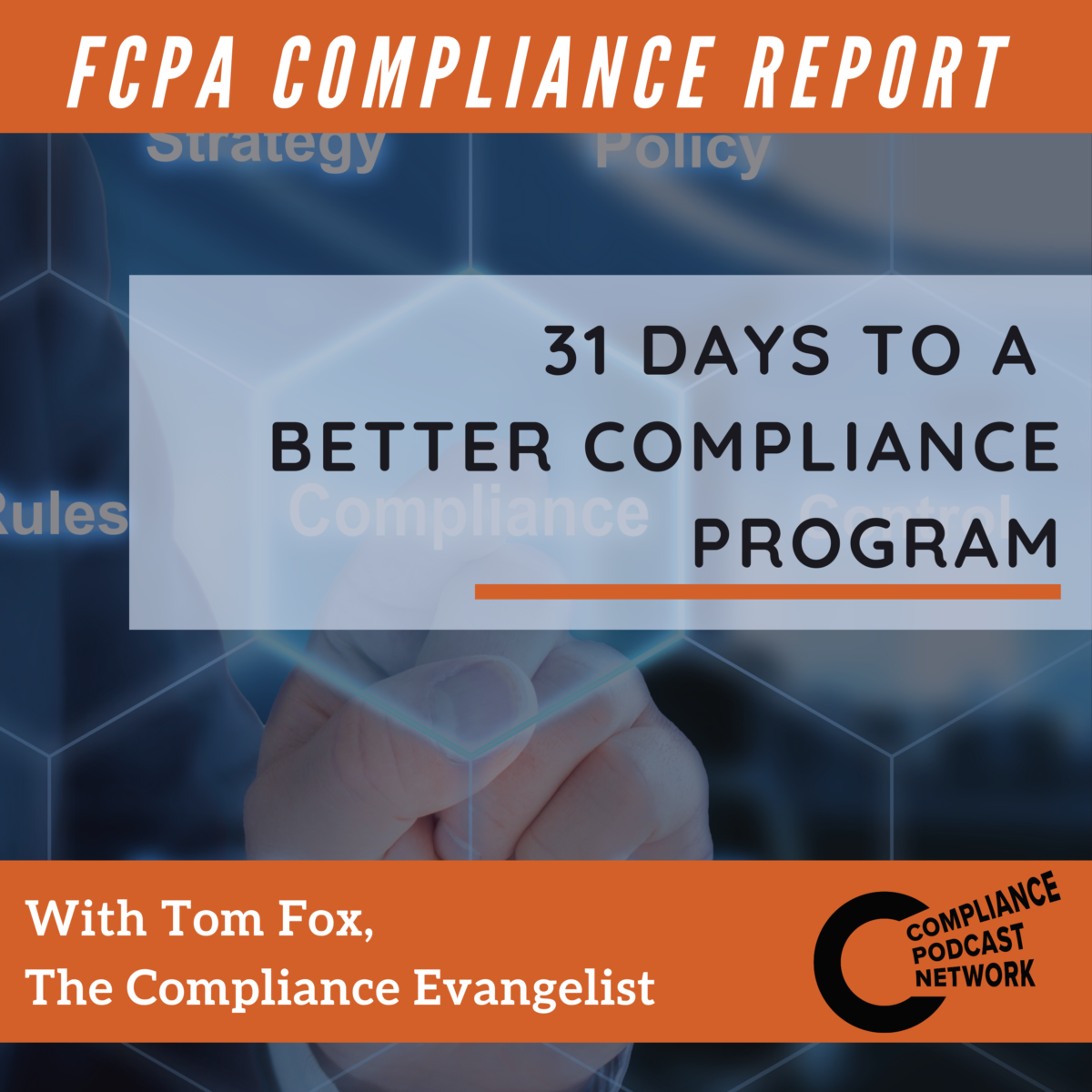This week, we are exploring the topic of Innovation in Compliance by considering some of the newest business strategies which can be applied by the compliance profession to corporate compliance programs. My inspiration comes from MIT Sloan Management Review Winter Edition. Today, I want to explore why Chief Compliance Officers (CCOs) and corporate compliance need to move beyond simple trust to engage their stakeholders more fully.
In Moving Beyond Trust: Making Customers Trust, Love, and Respect a Brand, authors Andreas B. Eisingerich, Deborah J. MacInnis, and Martin Fleischmann posit that the most admired brands find innovative ways to enable, entice, and enrich customers. The concepts that the authors put forward should resonate with every CCO and compliance professional. Always remember that as a compliance professional, your customers are your stakeholders, employees, senior management and third parties. If you can go beyond trust to build a brand with them, not simply will your relationship be stronger, but you will finally move to becoming part of the team to get things done.
Brand Admiration
I am still persuaded by David Baldacci and James Patterson who both said in writing masterclasses that your brand is your word. If that is your goal as a compliance professional, its achievement can pay big dividends with your Business Development (BD) folks. As the authors put it, “Positive emotions like gratification from brand usage and pride from brand ownership generate a tight link between the brand and customers. Brand trust, love, and respect don’t just give meaning to customers’ lives; they also create a safe haven where things seem right with the world, especially in turbulent times.” As a compliance professional you might not be able to achieve that, but you can come very close, especially if you are seen as the keeper of institutional justice and institutional fairness at your organization.
Brand Benefits
Customers look at what benefits brands will bring to them, as in ‘What’s in it for me?’ That is almost antithetical to how compliance professionals view a corporate compliance program. A shift in thinking is therefore in order. Indeed, the authors write, “Benefits refers not to what features the product offers or has but rather how it helps customers meet their needs, wants, and goals. As Harvard Business School professor Theodore Levitt famously quipped, customers don’t want a quarter-inch drill; they want a quarter-inch hole. Whereas product features can help realize benefits, the benefits themselves lead customers to the marketplace.” If a compliance function shifts its thinking to this model, it may well portend a different view when compliance comes knocking.
Moreover, what customers want from products and services is similar to what employees want from compliance. “They want benefits that enable, entice, and enrich them. We call these benefit types the 3 E’s.1 Many brands do a good job of offering one type of benefit (usually enabling benefits), but brands that truly resonate with customers stand out by providing all three types. Indeed, our work shows that when combined, the 3 E’s have an exponential effect on enhancing customers’ quality of life and hence the brand’s value to customers.”
Brands Solving Problems
The real key to having compliance seen as a benefit is to help business representatives solve problems “in ways that are economically feasible, reliable, efficient, and convenient.” When a corporate compliance function genuinely enables stakeholders to do business, it removes all negative connotations associated with the compliance department as “The Land of No, headed by Dr. No”. Such states “like frustration, anxiety, fear, impatience, and anger; which inhibit admiration and loyalty” can be overcome and a corporate compliance function can move to “instead foster peace of mind and satisfaction.” How can a compliance function do so?
One manner is through resolving problems. Brands can provide enabling benefits by enabling employees “to solve their problems — both small and large — at work or … in their business relationships.” This in turns gives employee and other stakeholders a greater “sense of agency in solving their problems, they experience a greater sense of control over their environments. This in turn leads to a sense of relief and security from future threats.”
Another manner which might seem less obvious to compliance professionals is through the conservation of resources. Benefits from compliance can also enable employees and other stakeholders differently, “by helping them conserve scarce time and monetary, psychological, and physical resources,” a successful compliance brand helps employees to be less mentally taxed, less tired, and less anxious. As the authors state, “When a brand consistently enables customers over time, they begin to trust the brand. They know that they can rely on it to solve their functional problems and conserve their scarce resources.”
This means that if your compliance function can help make your organization operate more efficiently, it can be a benefit separate and apart from increasing sales. Here the use of data and data analytics can help to lead the way. As the Department of Justice (DOJ) mandated, compliance must have access to all data across an organization. The data and analysis can be used to make other processes, for example in QuoteToCash (QTC) on the sales side or ProcureToPay (P2P) on the supply side, more efficient, saving not simply physical resources but also the resource of time.
When you think about solving problems with creating more efficiencies and saving employees time, thereby benefiting them with the gift of time, you can begin to see how compliance might be seen in a new light. Whatever specific strategy you might use, compliance can become a successful brand by offering enabling, enticing, and enriching benefits in authentic ways, and becoming an essential and indispensable part of employees and other stakeholder’s lives.
Please join us tomorrow where we will look at the 10 things a corporate culture must get right.



